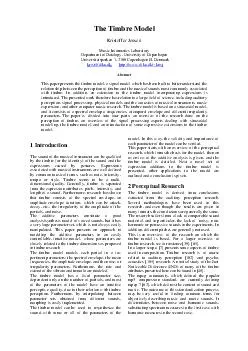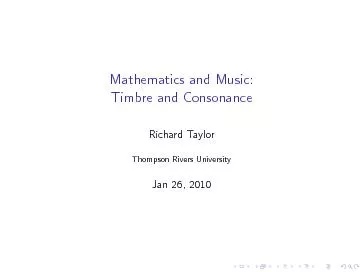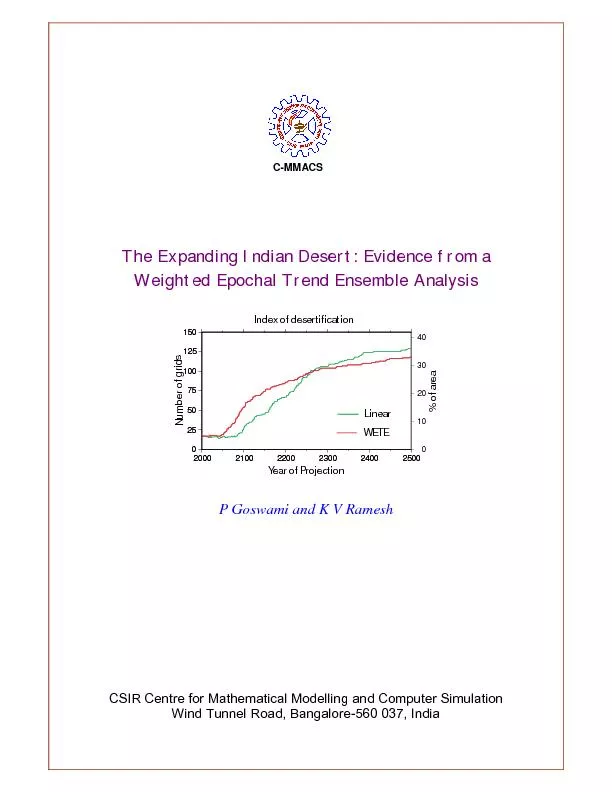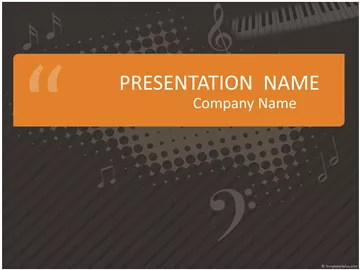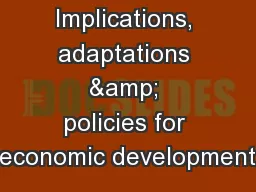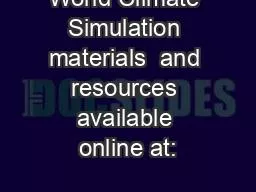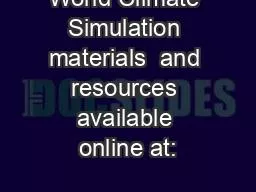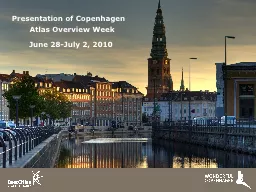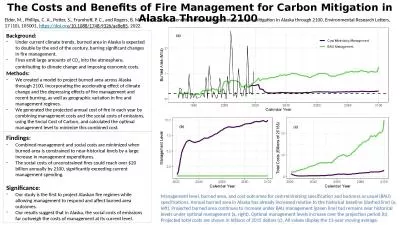PDF-The Timbre ModelUniversitetsparken 1, 2100 Copenhagen
Author : phoebe-click | Published Date : 2016-08-13
timbre In extension to the timbre model incorporating expressions isis divided into four parts an overview of the on theperception of timbre an overview of the signal
Presentation Embed Code
Download Presentation
Download Presentation The PPT/PDF document "The Timbre ModelUniversitetsparken 1, 21..." is the property of its rightful owner. Permission is granted to download and print the materials on this website for personal, non-commercial use only, and to display it on your personal computer provided you do not modify the materials and that you retain all copyright notices contained in the materials. By downloading content from our website, you accept the terms of this agreement.
The Timbre ModelUniversitetsparken 1, 2100 Copenhagen : Transcript
Download Rules Of Document
"The Timbre ModelUniversitetsparken 1, 2100 Copenhagen "The content belongs to its owner. You may download and print it for personal use, without modification, and keep all copyright notices. By downloading, you agree to these terms.
Related Documents

